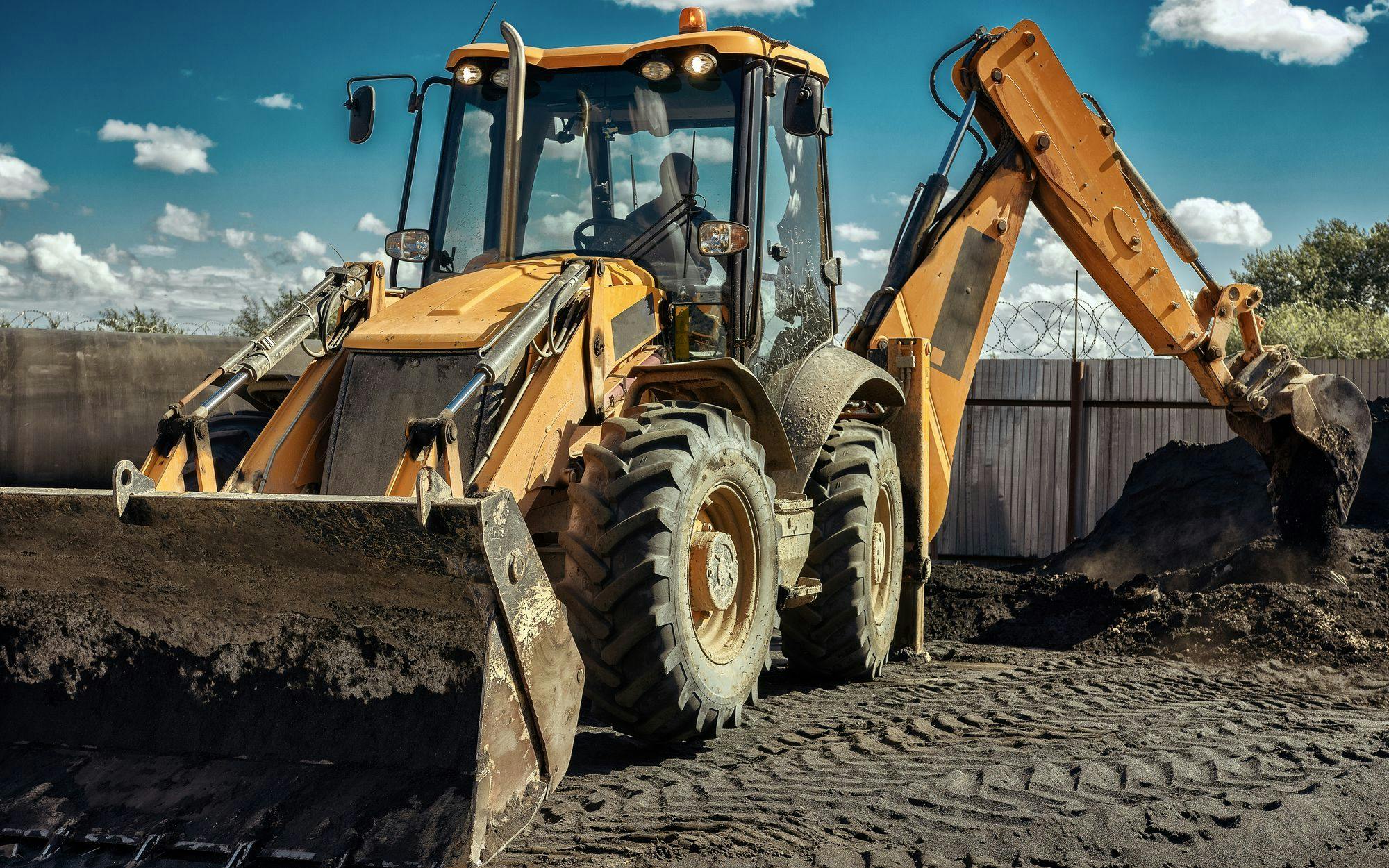
Purchasing Construction Equipment: Calculating the Return on Investment
Buying used construction equipment, especially high-ticket items, can be an unsettling process. There are few resources, similar to the process of buying cars and homes, to know what is considered a good price before purchasing.
Having the assurance that an equipment purchase will generate net positive cash flows in a year or two makes a five- or six-figure price an easier pill to swallow.
Below is a breakdown of how to calculate the ROI of a 2011 150-foot boom lift listed at $103,000.
This methodology is not an exact science but provides a good estimate of the ROI of a machine before purchasing. For an even more conservative estimate, factor in additional costs for parts and servicing. This kind of analysis is highly recommended to help with negotiation as well as ease hesitation when adding a new or used piece of equipment to a rental fleet.
1. Determine the Depreciation Cycle
The first step is to determine the depreciation cycle. As soon as a piece of equipment is acquired, whether used or new, it begins to depreciate. Depreciation is the reduction in value of the asset with the passage of time.
In the example above, we know the average useful rental life of a 150-foot boom lift, if properly maintained, is around 12 years.
Given that this is a 2011 model, we know that there is about five years of rental value remaining, making the depreciation cycle five years (or 60 months). This means that we will get a depreciation value of $1,716 per month by dividing the sale price ($103,000) by the remaining useful life (60 months).
2. Identify the Retail Rental Rate
Based on experience, this machine can be rented for about $13,500 per month. For a more data-informed approach to setting rental rates, data companies such as EquipmentWatch can be extremely useful resources.
This leaves a profit of $11,784 (rental rate – monthly depreciation) if the equipment receives 100% utilization. However, we all know 100% utilization is impossible, which will be adjusted for in an upcoming step.
3. Calculate Blended Retail Rate
Something that is often overlooked is the 150-foot boom lift can also be rented as a 135-foot boom lift. This is true for most equipment and is important to keep in mind while calculating the ROI of equipment. To achieve high utilization rates, the equipment won’t always be rented for its maximum working height or capacity.
In this case, the 135-foot boom lift can be rented for about $8,500 per month at retail. This results in a profit of $6,784 per month by subtracting the monthly depreciation from the monthly retail value.
Once all rates are calculated, they need to be blended to get an average monthly retail value and average monthly profit. In this example, the blended average of the 150-foot boom lift retail rate and the 135-foot boom lift rental rate is $11,000 per month.
4. Estimate Utilization Rate
Knowing that 100% utilization is impossible, create different utilization tiers to understand profitability per tier.
In the example above, a 60% utilization rate is used, which equates to $66,844 in annual profit. Multiply that profit over the five years of useful rental life and the result is $334,224 total profit over five years.
5. Factor in Resale Value
Lastly, factor in what the resale value is after the five years. To do so, perform a Resale Economic Valuation by starting with the sale price of $103,654 and subtract 1% from that price every month (or multiply by .99).
Continue to multiply each month by 99% until hitting the five-year mark. In the example, the estimated resale value is $56,926. Add the resale value into the five-year rental profit to get the total five-year profit.
ROI Calculation Example
Given a 60% utilization, the net profit from the machine rented at both a 135-foot and 150-foot boom is $288,126, and the price of the machine can be paid off in 1.5 years.
Related stories








